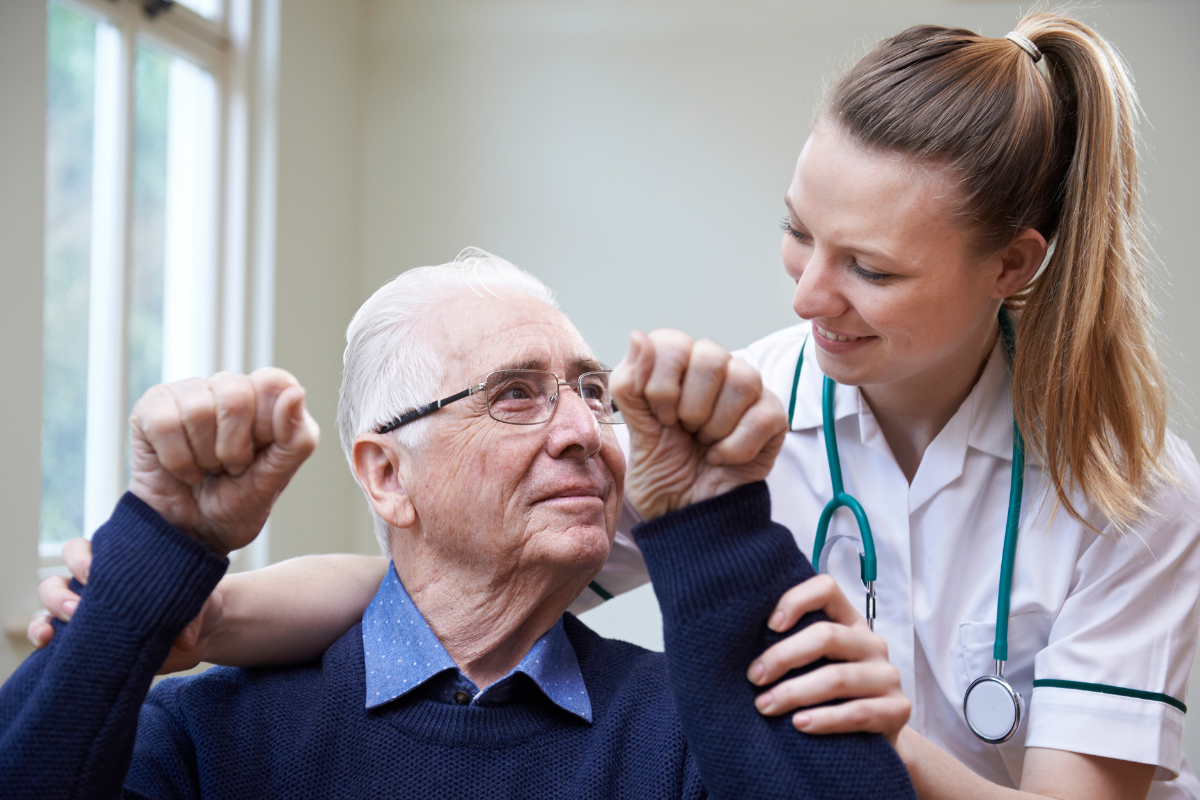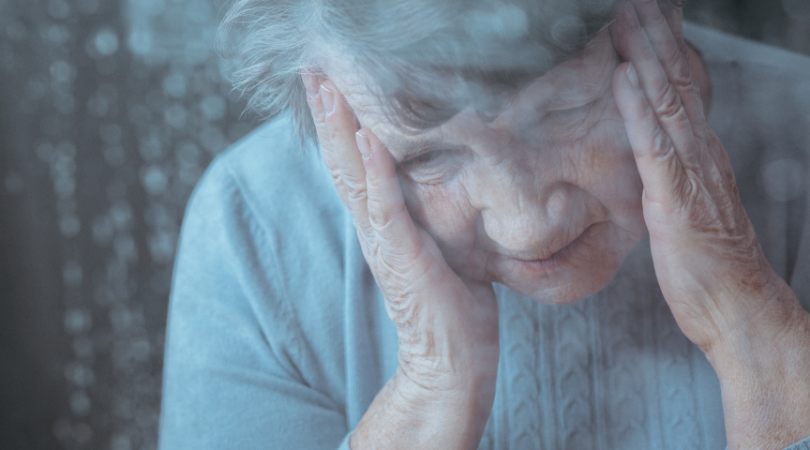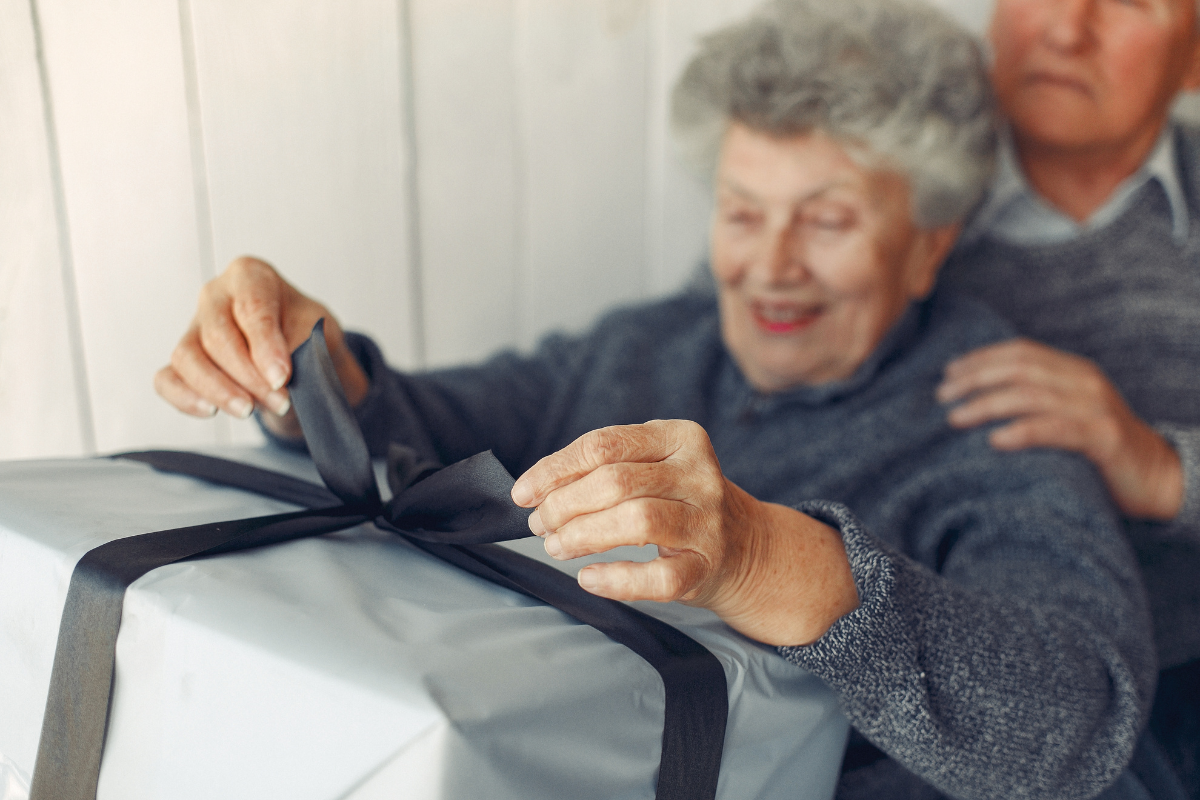How to Prevent a Second Stroke

According to the American Stroke Foundation, one in four stroke survivors will have another stroke. This is because the conditions that caused the first stroke can cause the next one and the one after that.
Your physician can prescribe medication, treatment, and procedures to prevent recurrent stroke, but it is important that patients learn how to prevent a second stroke and the additional steps they can take to reduce their risk.
What causes a stroke?
87% of strokes are ischemic strokes which occur when blood flow leading to the brain is blocked by clots or plaques. This can happen due to a several different conditions including:
- High blood pressure
- High cholesterol
- Diabetes
- Smoking
- Obesity
- Cardiac abnormalities such as atrial fibrillation
Lifestyle change to address the root causes of these conditions can help prevent a second stroke.

How to Prevent a Second Stroke
If a patient has survived a stroke, it is vitally important to take steps to prevent it from recurring:
Follow doctor’s orders. If your doctor has prescribed medication to control blood pressure, cholesterol, or diabetes, make sure you take every dose as directed. Do not skip a dose or stop taking your medication without speaking with your doctor. Work with speech therapists and physical therapists if needed to continue your recovery.
Work on your diet and exercise routine. Build meal plans that include fewer saturated fats and trans fats and add in more fiber and foods high in omega-3 fatty acids. Refrain from alcohol and avoid salt. As you continue to recover from your first stroke, speak to your doctor about when you can begin to exercise again.
Stop smoking. If you’re still smoking after your first stroke, make a plan to quit. Try nicotine patches or smoking cessation programs. It’s not easy, but it’s worth it. Your risk begins to decrease two to four years after quitting, and it is almost completely eliminated after 5 years without a cigarette.
Get support. Recovering from a stroke takes time. There can be physical and cognitive struggles. But you don’t have to go it alone. The American Stroke Foundation has a support line and a variety of stroke support groups for survivors and their families.

Stay vigilant for signs of a second stroke.
Signs of a second stroke may or may not be the same as the first stroke. Get help immediately if you notice any of the following signs:
- Slurred words or trouble speaking
- Sudden weakness in one arm or leg
- One side of the face is drooping
- Sudden loss of balance or coordination
- Sudden vision changes including loss of vision or double vision
- Severe headache or dizziness
Time is of the essence when symptoms of a stroke begin. Don’t wait to see if the symptoms worsen. Call 911 immediately.
Crossroads Hospice & Palliative Care helps stroke patients maintain quality of life. To learn more about the qualifications for hospice after a stroke, please call 1-888-564-3405.
If you found this information helpful, please share it with your network and community.
Copyright © 2022 Crossroads Hospice. All rights reserved.




